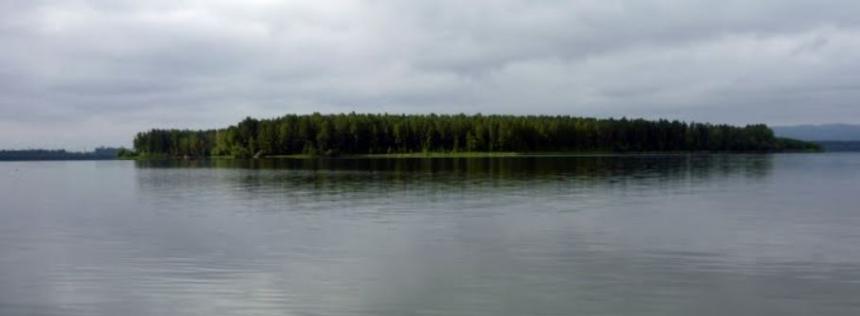Vancouver Lake is a shallow water body that is popular for warmwater fishing. It has been dredged in the past in attempt to deal with water quality issues. The lake is affected by the tide and can fluctuate as much as two feet. The shallow water makes it difficult to get a boat around certain parts of the lake at lower tides.
The lake is located on the northwest side of Vancouver and is a backwater area of the Columbia River. The flushing channel and surrounding area are closed for part of the year. Refer to the regulation pamphlet for details. Black and White Crappie, Largemouth Bass, Channel Catfish, Yellow Perch and Common Carp are abundant.
There is a commercial carp fishery on this lake during the spring and various times throughout the rest of the year. The WDFW boat ramp on the south end of the lake is accessed from LaFrambois Road. The Felida ramp near the north end has a better boat launch facility, but finding a channel into the lake from the north can be a challenge for large boats.
Two-pole fishing is NOT allowed
Shoreline access: Good - Very limited.
Species you might catch
- American shad
- Black crappie
- Bluegill
- Brown bullhead
- Channel catfish
- Chiselmouth
- Coho salmon
- Common carp
- Largemouth bass
- Northern pikeminnow
- Peamouth
- Pumpkinseed Sunfish
- Rainbow trout
- Warmouth
- White crappie
- Yellow perch
Lake information
County: Clark
Acreage: 2286.70 ac.
Elevation: 8 ft.
Center: 45.673665, -122.717972
Open in Google Maps
Catchable fish plants
| Stock Date | Species | Number Released | Number of Fish Per Pound | Facility |
|---|---|---|---|---|
Visit the Catchable Trout Plants page for a more detailed search of trout plants in this or other bodies of water. To view or download the source data for this table visit the WDFW Fish Plants dataset on the Washington State Open Data Portal
Fishing prospects calendar
Rainbow trout
Largemouth bass
Yellow perch
Black crappie
Bluegill
Pumpkinseed Sunfish
Channel catfish
Brown bullhead
Northern pikeminnow
Photos
